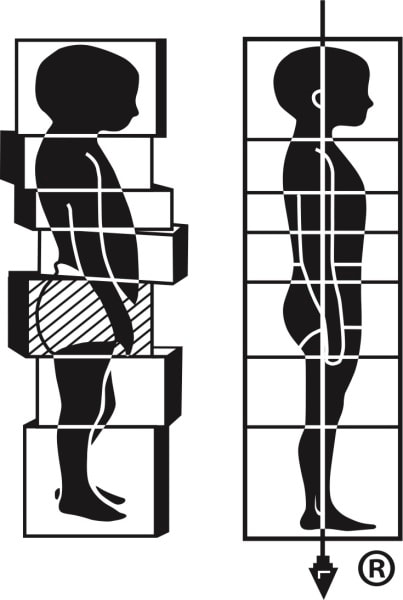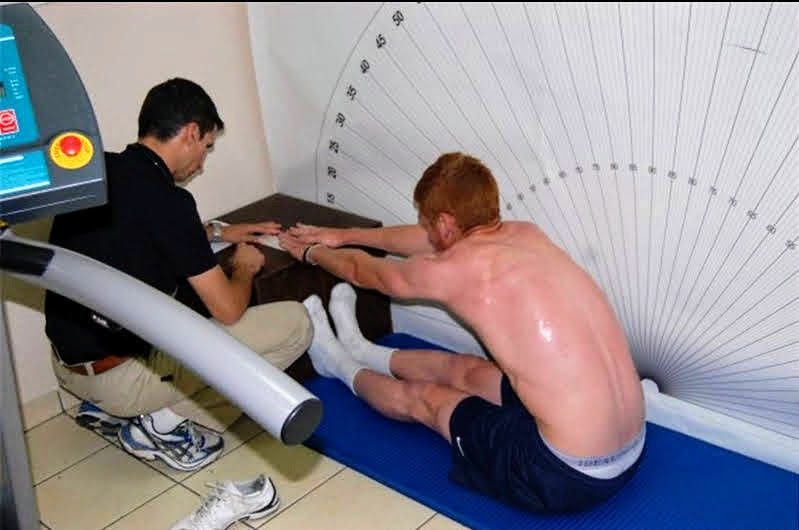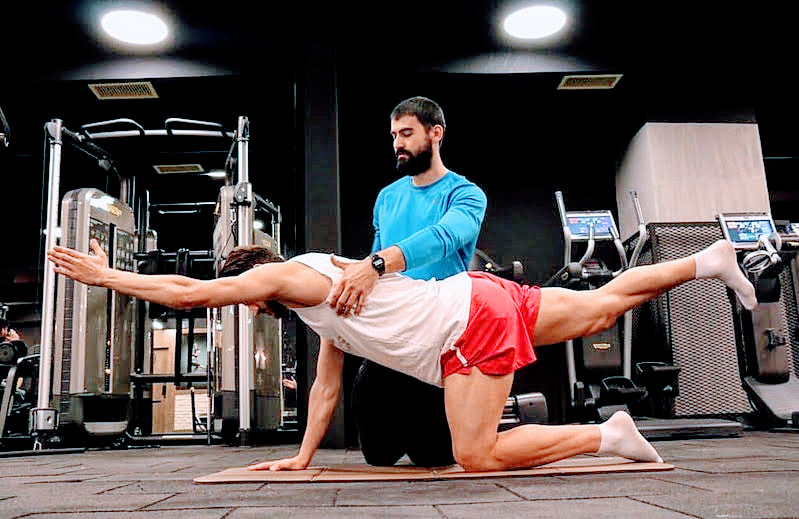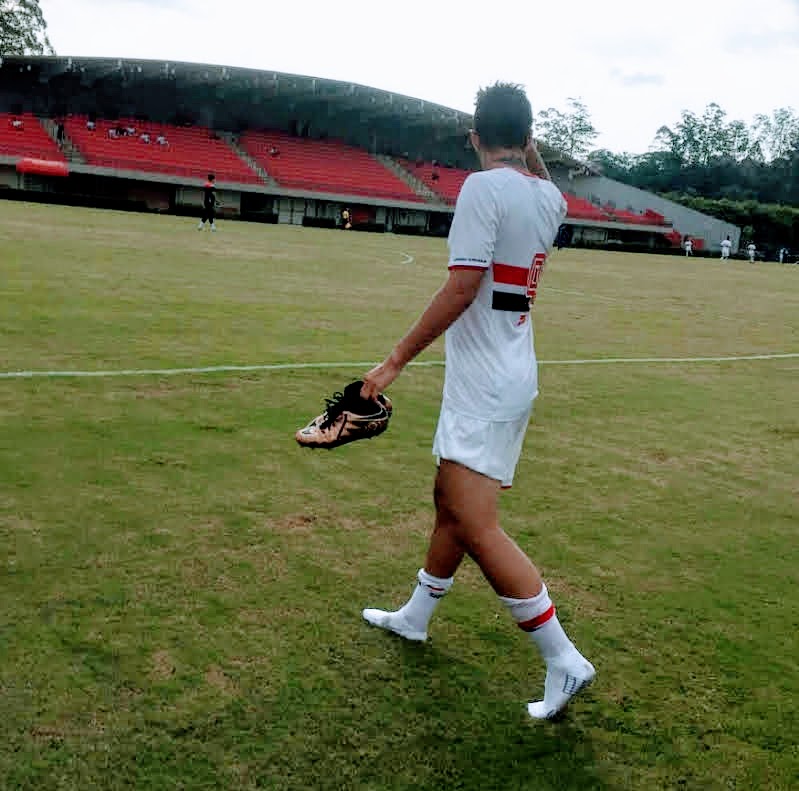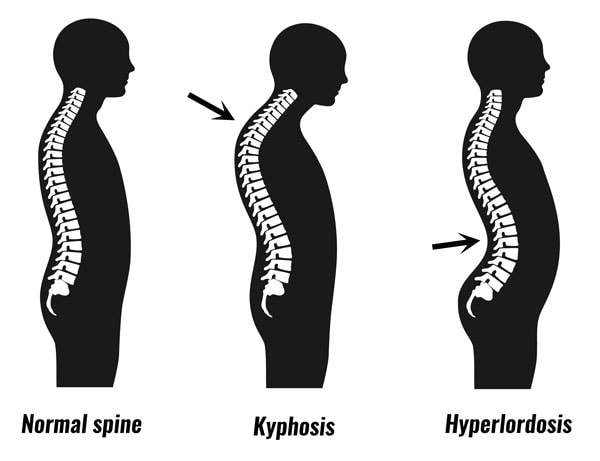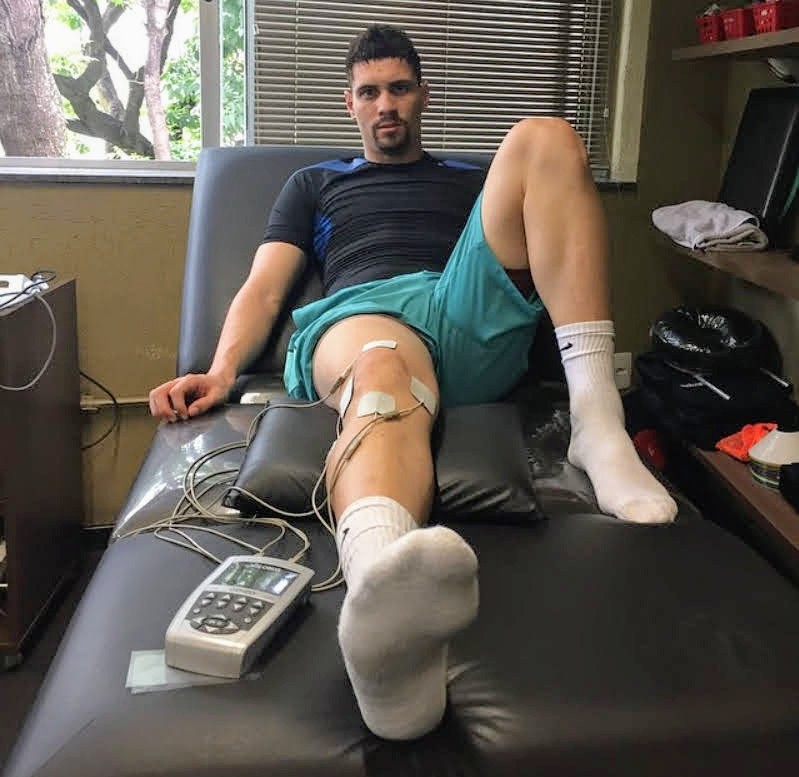|
In the image on the left, accumulated adapative muscle shortening and muscle imbalances have distorted posture. Image on right demonstrates the benefits of corrective postural exercises on improving postural alignment and joint bio-mechanics.
By evaluating baseline measurements of flexibility, posture, muscle and core strength, the PT can establish an individualized treatment program to optimize athletic potential, and minimize/eradicate the risks of incurring athletic and repetitive stress injuries.
A PT has extensive training and knowledge of the musculoskeletal system as well as a keen understanding of normal joint mechanics. The PT can provide new insights into achieving normal movement patterns, which will optimize your athletic training progress.
By achieving a fuller understanding of correct postural alignment, joint and muscle flexibility, and normal muscle balance, an athlete can optimize their training progress while minimizing/avoiding sports injury, to enjoy the achievement of their true athletic potential.
Spinal deterioration is primarily related to faulty posture due to muscle imbalances related to adaptive muscle shortening and weakness. Fortunately, these anomalies can be corrected via exercise, thereby optimizing physical activity level and health.
While electrical modalities can be effective in the acute management of pain related to sports injuries, ultimately, it takes the subtle adjustments required to correct posture and muscle and joint flexibility (manual therapy that stretches the joint capsule, performed by the PT) that provides protection from future sports injuries. These subtle deviations are apparent to the trained hands of the PT, but are often disregarded by expensive medical scanning imagery.
|
Overview Adaptive muscle shortening (AMS) is a pervasive clinical finding that affects the entire population. Simply put, muscles are made of tiny strands of connective tissue that have a natural tendency to spontaneously undergo semi-permanent shortening. This shortening is more notable in the athlete, although AMS is occurring even in the sedentary individual. While taking a walk or riding your bike may seem like a good way to “loosen up,” these activities only lubricate your joints by circulating the synovial fluid, while actually promoting additional shortening of the muscle tissue. The only clinically proven method for offsetting this natural tendency for muscle tissue to shorten is to deliberately perform a daily stretching program. Unfortunately, most stretching programs fail to cite a correct amount of stretching, falling far short of the consumer’s goal of attaining normal flexibility. In other cases, no end-goals are set, and the reader is encouraged to acquire hyper-flexibility of the muscles, which ironically results in premature arthritis, due to mechanical instability of the joints. Nearly all muscle and joint pain syndromes can be directly linked to AMS. First it is the muscle tissue that shortens. Then the ligaments and joint capsule retract. This results in increased joint compression which produces and accelerates arthritis. Additionally, local muscle inflammation can occur, as can bursitis. While there are over 100 types of arthritis, all are aggravated by AMS. Fibromyalgia Syndrome (FMS) is directly linked to shortened musculature. Any FMS clients I have treated have obtained full or nearly complete resolution of pain symptoms after following this program. Instances of carpal tunnel syndrome (CTS), back, neck, shoulder, wrist, hip, knee and ankle pain can be either resolved or the pain functionally reduced through performance of this exercise program. Having correct posture is vital to achieving and maintaining optimal health. Since the ideal posture is one consisting of perfect vertical alignment of the body against the forces of gravity, anything less is analogous to a poorly stacked pile of building blocks. You can only build off-center for so long before the tower falls. In the human body, ideally it is muscle tone that maintains the bony segments in correct vertical alignment. When certain muscles are preferentially used due to occupation or sport, and there is no adequate stretching program in place, there will be a distortion of posture, resulting in much of the body’s weight literally hanging off the muscle tissue, which then acts like a guide-wire, resulting in cramps, muscle fatigue and pain. Those are the local muscular effects. When faulty posture is left uncorrected, within a few months semi-permanent changes begin to occur within the dense connective tissue known as fascia. This deeper fascia separates muscle groups and encases delicate blood vessels and nerves. The faulty posture becomes self-perpetuating, with the fascia holding the skeleton in the incorrect alignment, thereby promoting greater adaptive muscle shortening which in turn emphasizes the existing postural faults. Exercise Provides Natural, Long-Term Pain-Relief Taking medication (including topically applied crèmes) to treat muscle and joint inflammation and pain is only treating the SYMPTOMS. It is only through exercise that the body can become biomechanically efficient, resolving the original CAUSE of the inflammation and pain! No medication can resolve shortened musculature, or the resultant pain symptoms. Only a personal commitment to performing a daily stretching program and performing select core strengthening exercises can promote optimal wellness. The Current Health-Care Crisis The medical treatment of fall-related injuries currently costs the American economy $50 billion per year (2015). One in three seniors aged 65+ will experience a fall each year. This huge cost does not reflect lost quality of life, or the millions of lost man hours and workmen’s compensation claims, nor the billions of dollars spent upon symptomatic treatment, such as the overuse of prescriptive and over-the-counter pain and anti-inflammatory medication. While the use of cold and hot packs, ultrasound, and high-voltage electrical stimulation can be justified on an individual basis in the acute stage of pain i.e., 1-3 weeks; what most patients really need is postural correction exercises including a systematic stretching and core strengthening program. A National Tragedy in Senior Healthcare It is a national tragedy that elderly individuals prematurely lose their physical independence due to a condition that is so easily avoidable (and reversible) as AMS. For most subjects, a shortperiod of daily stretching would ensure a fulfilling and physically independent lifestyle well past their eighties. Unfortunately, once the lower extremity musculature shortens sufficiently, step length is decreased, and in time this inherently results in a slower (and therefore less stable) walking speed. Slower walking speed results in general deconditioning, including muscle weakness and weakening of the cardiopulmonary system. Cardiopulmonary function is allowed to decline due to reversible limitations in skeletal muscles. Calf pain encountered during prolonged walking is frequently related to AMS. A frequent complaint of seniors is the experience of calf pain during prolonged walking. In rare instances this may be related to intermittent claudication (inadequate circulation due to arteriosclerosis). However, a much more prevalent cause of generalized calf pain during walking is that muscle tissue becomes painful due to a transient decrease in circulation related to increased pressure being exerted upon local muscular blood vessels by shortened calf musculature. People minimize walking. General deconditioning occurs, with further muscle shortening and loss of strength. There is an increased prevalence of falling down. Longevity is decreased. Muscle shortening is reversible! This suffering is unnecessary, as age is not a limitation per se; as long as there is no extreme arthritic joint deterioration, there is absolutely no reason why an 80 year-old wouldn’t be able to attain normal muscle and joint flexibility. In fact, uponcompleting the program, I have frequently observed that my octogenarian clients have muchbetter flexibility than my newly referred 25 year-old clients! CAT and MRI Scans Usually Produce Negative Findings When AMS is Involved Many consumers have been perplexed that expensive testing procedures like the CAT and MRI scans have produced negative results. In these cases, careful evaluation by a physical therapist will usually detect a seemingly minor rotation of spinal vertebrae that was not detected by the scanner. This is commonplace. Stretching exercises increase the joint space and resolve pain symptoms. Another elusive source of muscle and joint pain is when posture becomes faulty during the increased demands of athletic and occupational activities, due to muscle shortening. For example, observing the patient at rest or standing fails to provide information about how the body is mal-aligned during active movement. Since X-rays and scans observe the body at rest, the failure to maintain correct dynamic posture is frequently overlooked. Finding a Competent Physical Therapist Medical consumers need to carefully evaluate health-care providers to ensure that they will receive proper treatment. Some unethical physicians refer patients to physical therapists that are in their employ (Physician-owned Physical Therapy Services, or POPTS clinics). It is always prudent to verify that your physician does not have any subsidiary financial interest in the physical therapist he refers you to, because you may be subjected to excessive and unnecessary treatments that provide symptomatic, but no long-term pain relief. It is always the patient’s right to select their own physical therapist. You can be fairly confident in your physical therapist if they: 1) can relate your pain to your faulty posture; and 2) place a big emphasis upon the importance of having a daily stretching program and core strengthening program in place; and if 3) you begin to obtain some immediate relief of pain within the first week, with moderately consistent relief within the first month. |
Call 270-421-3164 today! to schedule a consultation with Paul J. Fransen, P.T.
If I am with a client, you will need to leave a Voicemail message (which will be immediately transcribed into text for my review).
Direct Text Messaging is another option. I am prompt in responding to inquiries.)
If I am with a client, you will need to leave a Voicemail message (which will be immediately transcribed into text for my review).
Direct Text Messaging is another option. I am prompt in responding to inquiries.)
